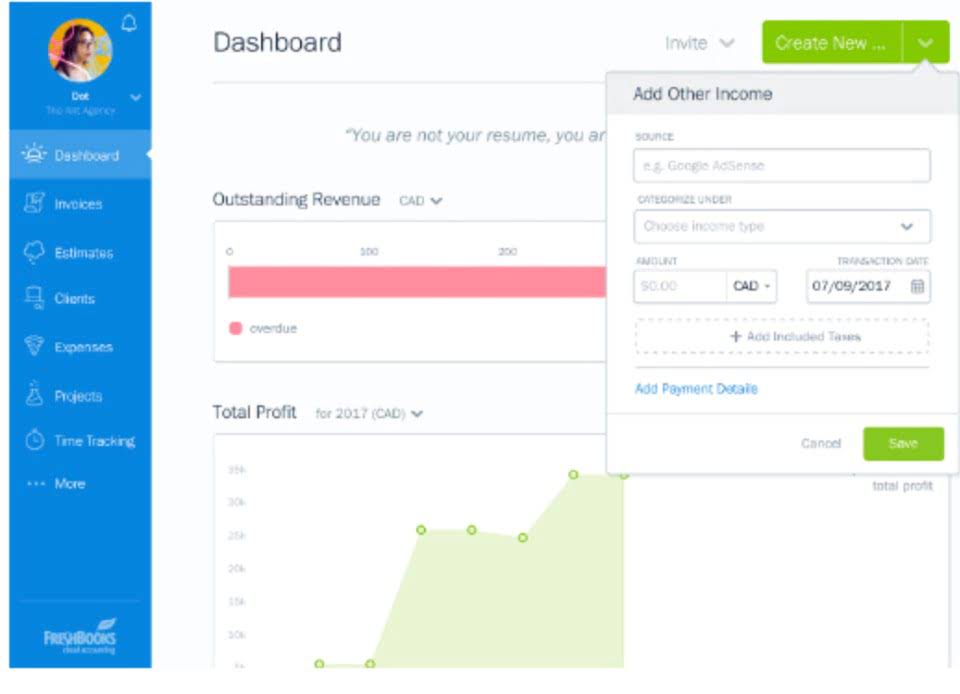
You begin making 100 bracelets daily, with a total cost of £500 including materials and marginal cost formula labour. You opt to create an additional bracelet, making the count 101, resulting in a total cost of £505. Marginal cost is the cost incurred when producing one additional unit. The above marginal cost formula with example clearly explains the concept. Multiplying the Workers row by $10 (and eliminating the blanks) gives us the cost of producing different levels of output. Regularly reviewing inventory data allows businesses to identify slow-moving items and adjust buying patterns accordingly.
FAQs on Marginal Cost Formula and Its Applications
The marginal cost of production includes everything that varies with the increased level of production. For example, if you need to rent or purchase a larger warehouse, how much you spend to do so is a marginal cost. Variable cost is only a component of marginal cost, but is usually a key component.

What is the relationship between marginal cost and marginal revenue?
Knowing your marginal cost helps you make informed decisions about pricing, hiring, inventory planning, and investments. Marginal cost is the additional expense of producing one more unit of what are retained earnings a product. Understanding marginal cost is crucial for pricing decisions, identifying profit margins, and evaluating production efficiency. By analyzing marginal costs, businesses can optimize production levels to maximize profitability. However, since fixed costs don’t change with production levels, the change in total cost is often driven by the change in variable costs.
- One way a company can manage the production price of their goods is to use marginal cost.
- Variable cost is only a component of marginal cost, but is usually a key component.
- Marginal costs provide insights into the optimal production output and pricing, i.e. the point where economies of scale are achieved.
- Techniques like the 5S method, Kanban scheduling, and just-in-time inventorycan significantly reduce waste.
Ready to save time and money?
Since marginal cost equals the slope of the total cost curve (or the total variable cost curve), it equals the first derivative of the total cost (or variable cost) function. The overall price for each item is £5, consisting of £3 fixed cost and £2 variable cost. When the production reaches 1,000 items, the fixed cost per item decreases to £1.50.
- Finally, divide the difference in costs by the change in quantity produced to determine the marginal cost per unit.
- You can apply the marginal cost concept to accounts payable processing in your business.
- They change the master production schedule and revise their purchase order timing with vendors when they need to react to new economic conditions and related customer order changes.
- You could be underestimating how expensive it becomes to scale, a common pitfall for small businesses.
- Thus, the marginal cost for each of those marginal 20 units will be 80/20, or $4 per haircut.
- For example, paying overtime to meet higher production demands increases marginal cost.
Understanding marginal cost is essential for small business owners looking to make smart pricing decisions, manage production, and scale their profitability. Whether you’re launching a new product or growing your business, it’s critical to know how each additional unit impacts your profits. Marginal costs are based on variable costs, which change based on how much the business produces or sells. Examples of variable costs include raw materials, wages for production line workers, shipping costs, commissions, etc. The marginal cost of producing one additional leather jacket (in batches of 10) amounts to $45.
This concept is key because it helps you determine your optimal production level, whether you’re making a product or providing a service. When your marginal cost is lower than your selling price, you’re in a position to profit from making more. But when it starts to exceed your selling price, it may be time to scale back or reassess your operations. However, the marginal cost of production can eventually start to increase as the business becomes less productive. You can get a visual representation of diseconomies of scale with a u-shaped curve known as the marginal cost curve. The optimal quantity to sell is where marginal cost intersects with marginal revenue, as shown on the marginal cost curve.
Examples with material, labor and overhead costs
Remember, the value of marginal cost is a crucial factor in deciding whether to increase or decrease production. A lower marginal cost would suggest that a company can profitably expand production, while a higher marginal cost might signal that it’s more cost-efficient to reduce output. In the above graph, the MC curve is formed by plotting the points shown in the above schedule.


The insights derived from it provide the necessary input for businesses to compute and interpret MC effectively. With business landscape in constant change, knowledge of key financial principles like MC is a powerful tool. It can help businesses in financial modeling and equip them with the foresight to make strategic decisions that not only enhance profitability but also ensure long-term success and growth. This might lead to decisions that are profitable in the short term but can prove to be otherwise in the long run. For the “change in quantity”, subtract the number of units you typically produce in a batch from the total units you plan to make in a new batch. Understanding all of the above terms is important when calculating and interpreting the MC.
Common Challenges in Managing Production Costs
Marginal cost is more than a single figure; it provides insights into production efficiency and strategic decision-making. When marginal cost is lower than the average total cost, increasing production can lead to economies of scale, reducing the AI in Accounting average cost per unit. This is advantageous in competitive markets, enabling lower pricing without sacrificing profitability.